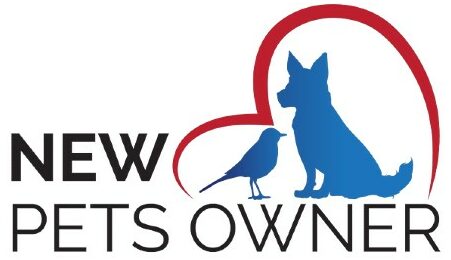Welcome to New Pets Owner
Welcome to New Pets Owner, your ultimate gateway to mastering the joys and challenges of pet parenthood! Whether you're a first-time pet owner or looking to expand your furry family, our site is brimming with expert advice, comprehensive care guides, and heartwarming stories to support you on your journey. Dive into our world of insightful tips and vibrant pet community—because here at New Pets Owner, we believe every pet deserves a happy, healthy, and loving home.
Featured Posts
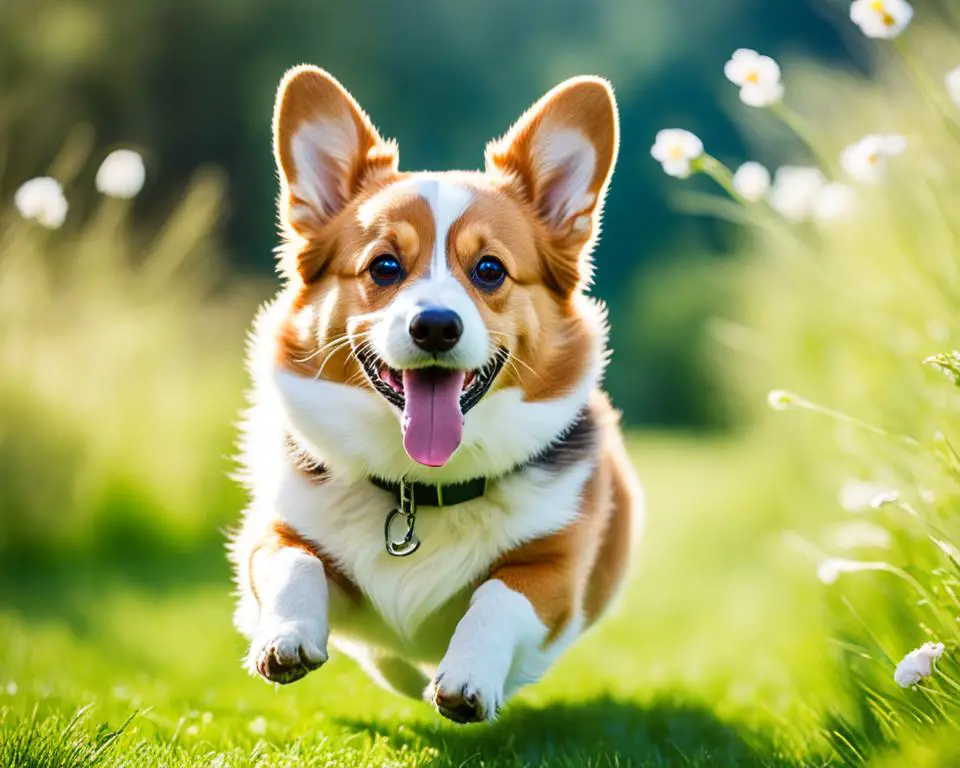
Corgi Lifespan: How Long Do Corgis Live?
Unlock the secrets of the corgi lifespan! Discover factors that influence how long corgis live and tips for ensuring a healthy life for your pet.
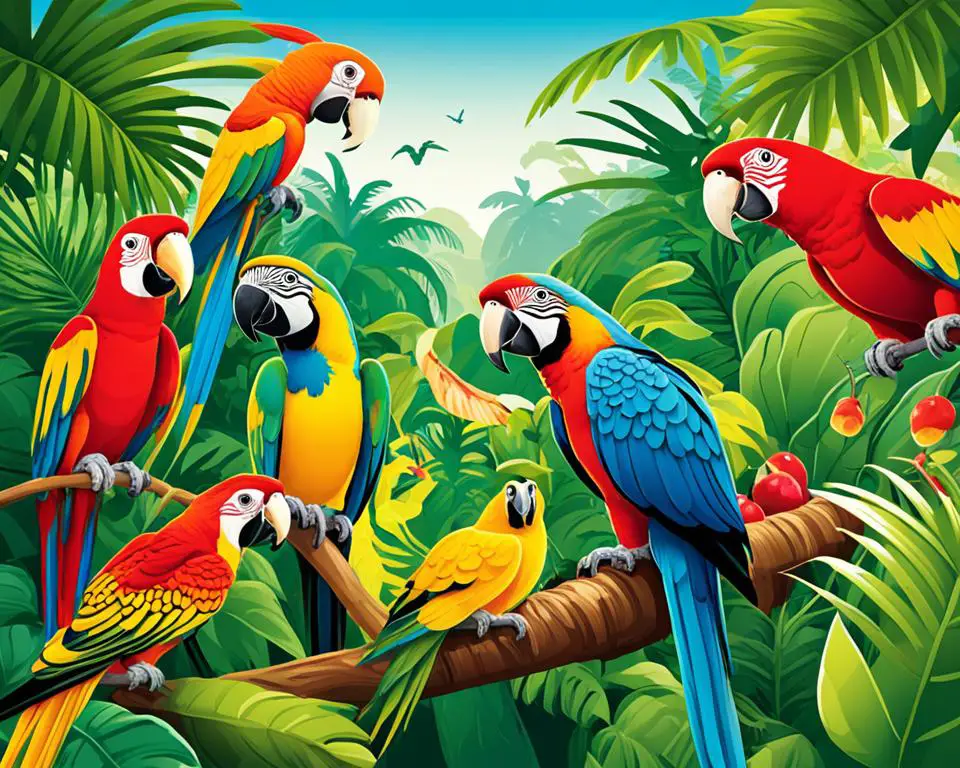
Creative Names for a Parrot – Pick the Perfect One!
Discover the perfect moniker for your feathered friend with our list of creative names for a parrot. Find a name as unique as your pet!
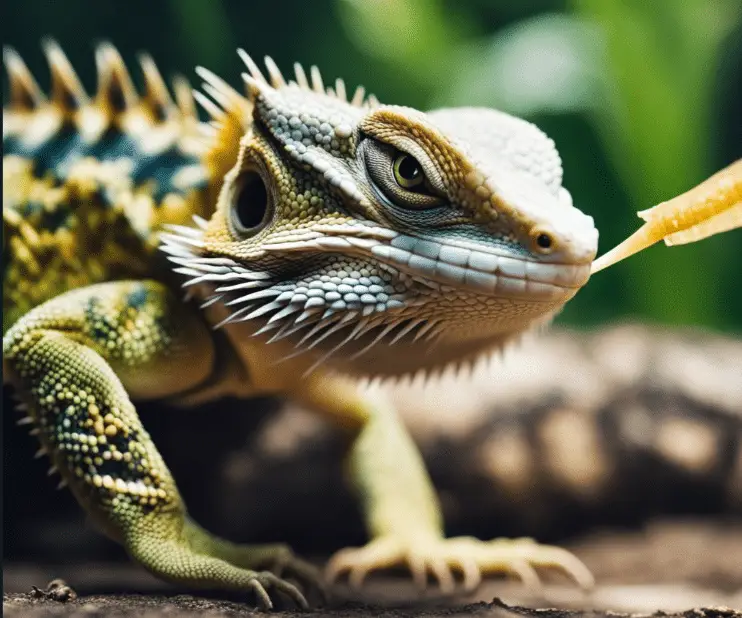
Bearded Dragon Bite: Understanding and Managing Your Pet’s Behavior
Understanding the behavior and temperament of bearded dragons is important for prospective and current owners alike. These reptiles are known for their generally docile nature, but they are capable of biting under certain circumstances. A bearded dragon bite may occur if the animal feels threatened, is overexcited, or is responding to rough handling. While establishing…

Cane Corso Shedding: 8 Tips to Groom Your Corso 2024
If you’re a proud owner of one of these majestic dogs, then you know firsthand just how much they can shed. While their short, dense coat is beautiful and easy to maintain, they can also leave a trail of fur wherever they go. But don’t worry, we’ve got you covered! In this post, we’ll be…
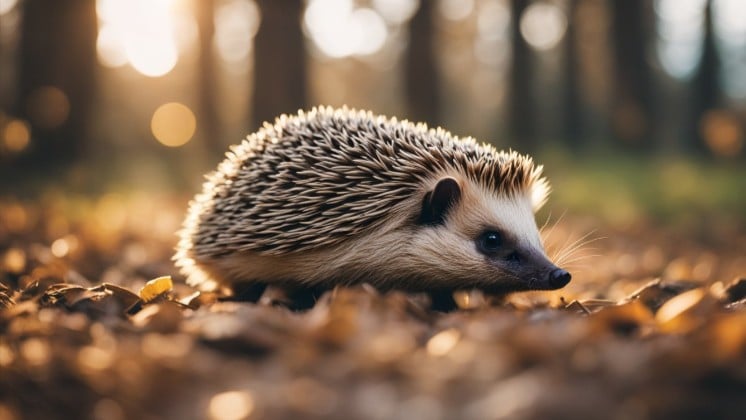
20+Funny Names For Hedgehogs [year]
Are you a new hedgehog owner hunting for the perfect whimsical moniker for your prickly companion? Picking out an amusing name can add a fun layer to pet ownership! Our blog post is here to spark your creativity with an array of cute, silly and pop culture-inspired names that embody the charm of these exotic…
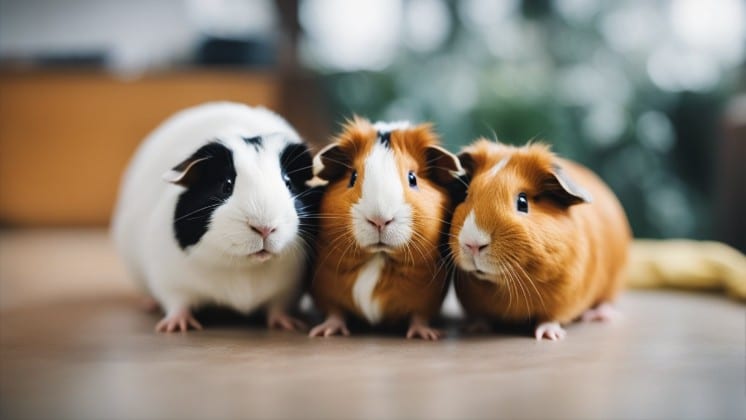
How To Pet Guinea Pigs Like a Pro! [year]
Are you the proud new owner of a guinea pig, unsure of how to provide the best care and build a bond with your furry friend? Guinea pigs aren’t just adorable; they’re social creatures that need specific care and handling for optimal health. This article is packed with essential tips on everything from creating comfortable…

Cane Corso Blue Brindle: Care and Training Tips
If you’re a dog lover, you’ve probably heard of the Cane Corso breed. But have you heard of the blue brindle variation? This unique coat color is highly sought after by enthusiasts, but there’s more to this breed than just their striking appearance. In this article, we’ll dive into the history, appearance, temperament, and care…
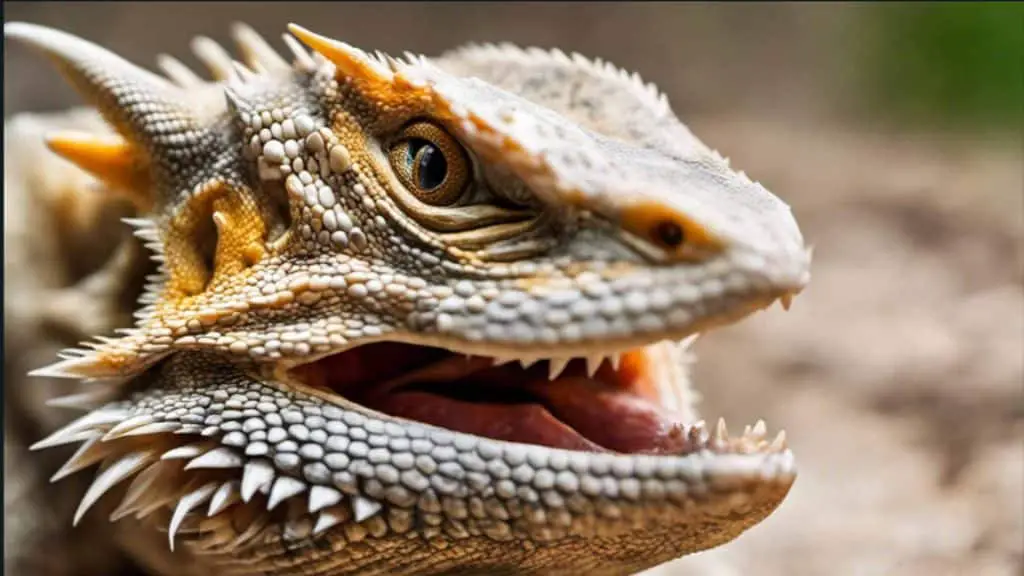
Bearded Dragons Teeth: Ultimate Care Guide [year]
Bearded dragons are fascinating reptiles that have captured the hearts of pet owners worldwide. Their unique appearance and friendly nature make them a popular choice for those seeking a reptilian companion. But before we dive into the article, let’s address the question that some of you might have: do bearded dragons have teeth? Bearded dragons…
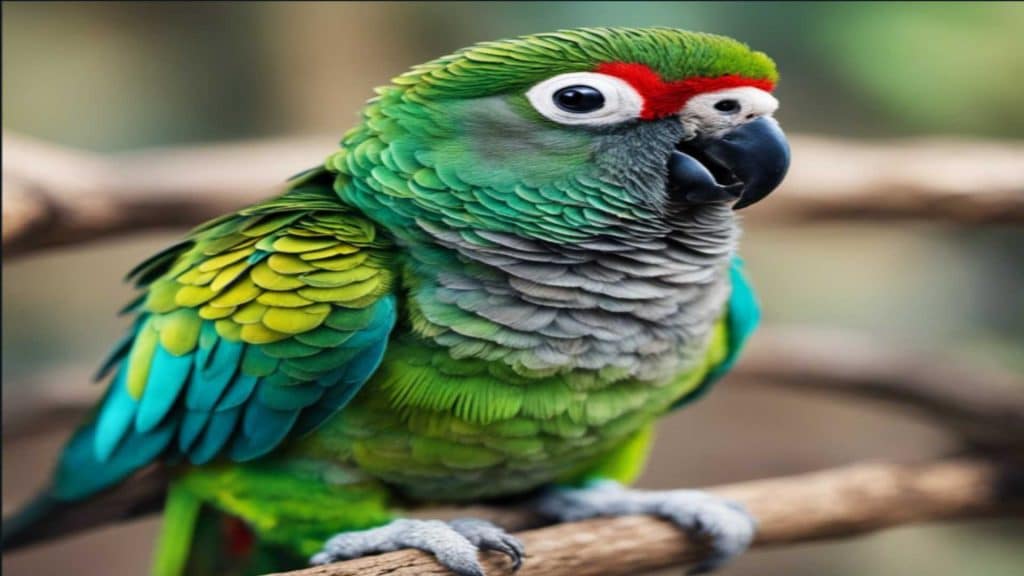
Green Cheek Turquoise Conure: Care Ultimate Guide
Are you considering adding a Green Cheek Turquoise Conure to your family? These charming birds are known for their playful personalities and beautiful plumage. However, as with any pet, caring for a Green Cheek Turquoise Conure requires time, effort, and knowledge. That’s why we’ve put together the ultimate guide to help you provide the best…
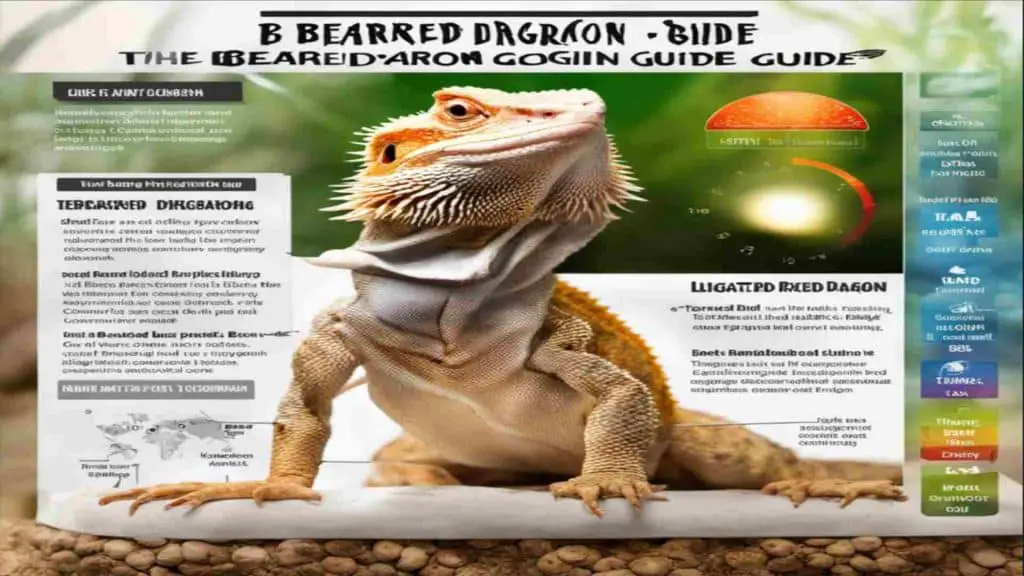
Bearded Dragon Lighting: Ultimate How to Guide
As a bearded dragon owner, you want to ensure that your scaly friend is healthy and happy, and proper lighting is crucial in achieving that goal. But with so many options out there, it can be overwhelming to figure out what kind of lighting your bearded dragon needs. That’s where we come in – in…
